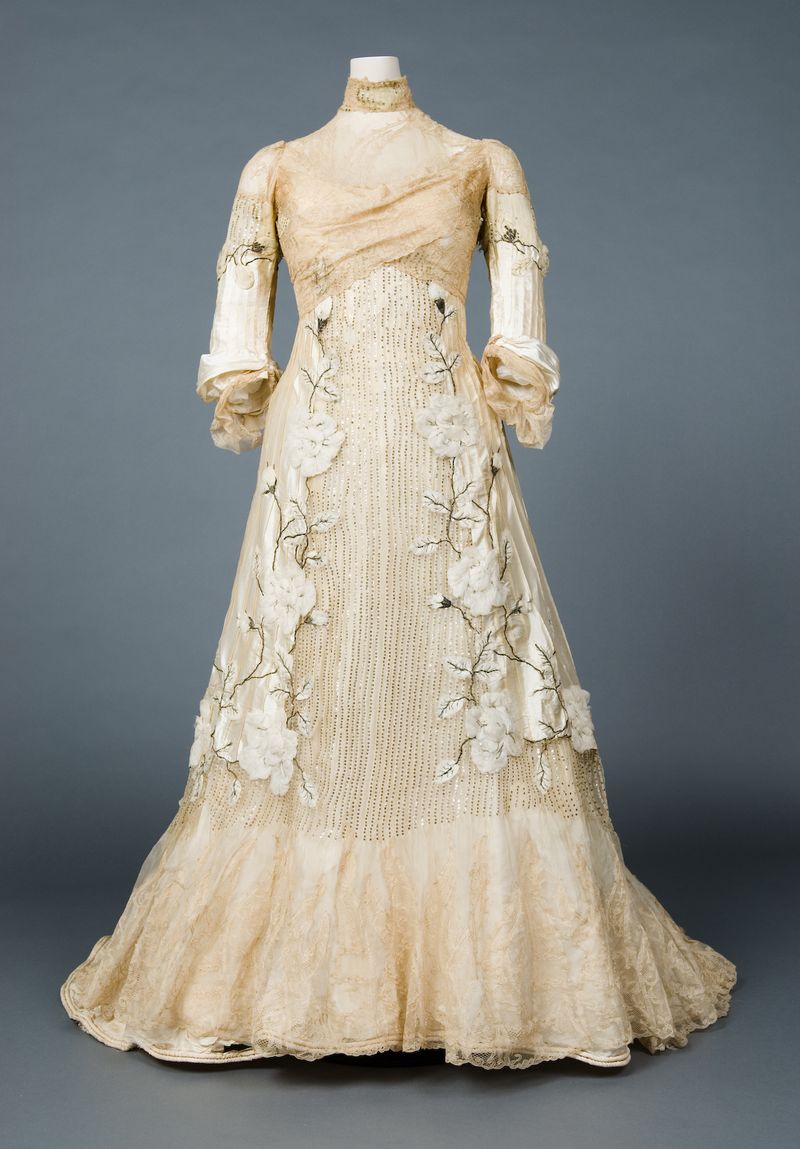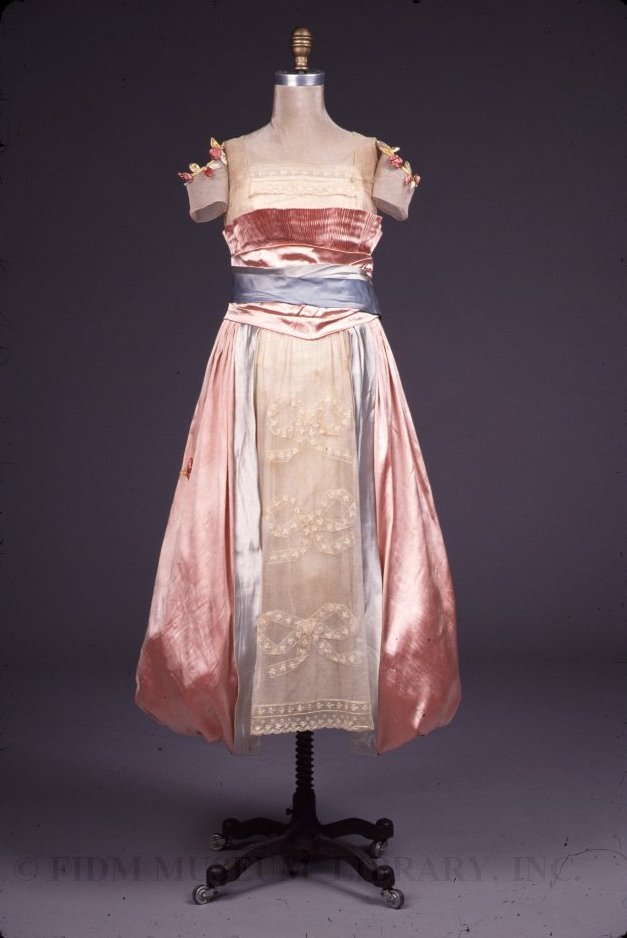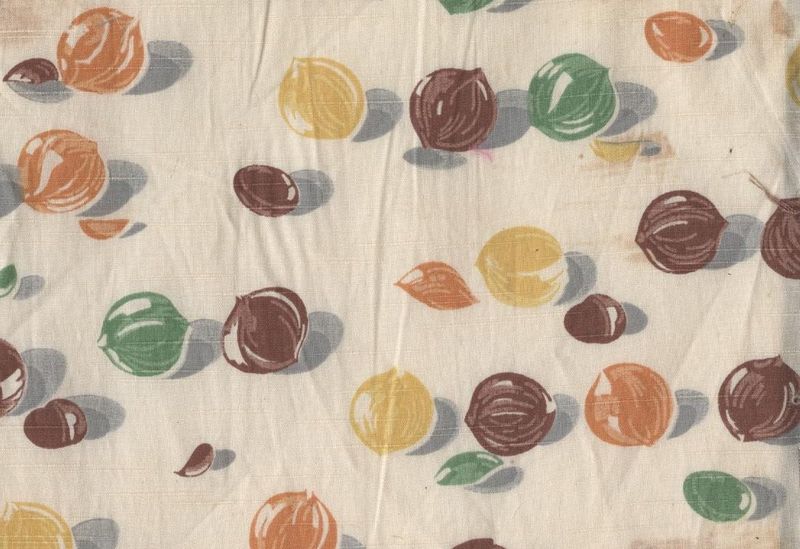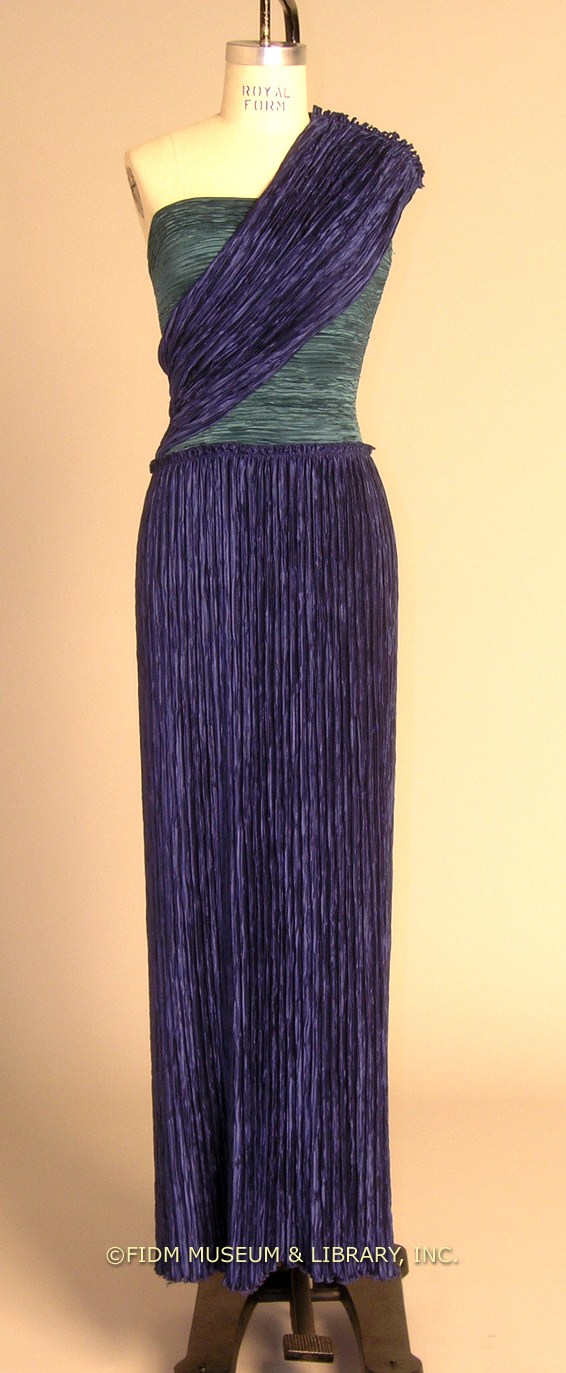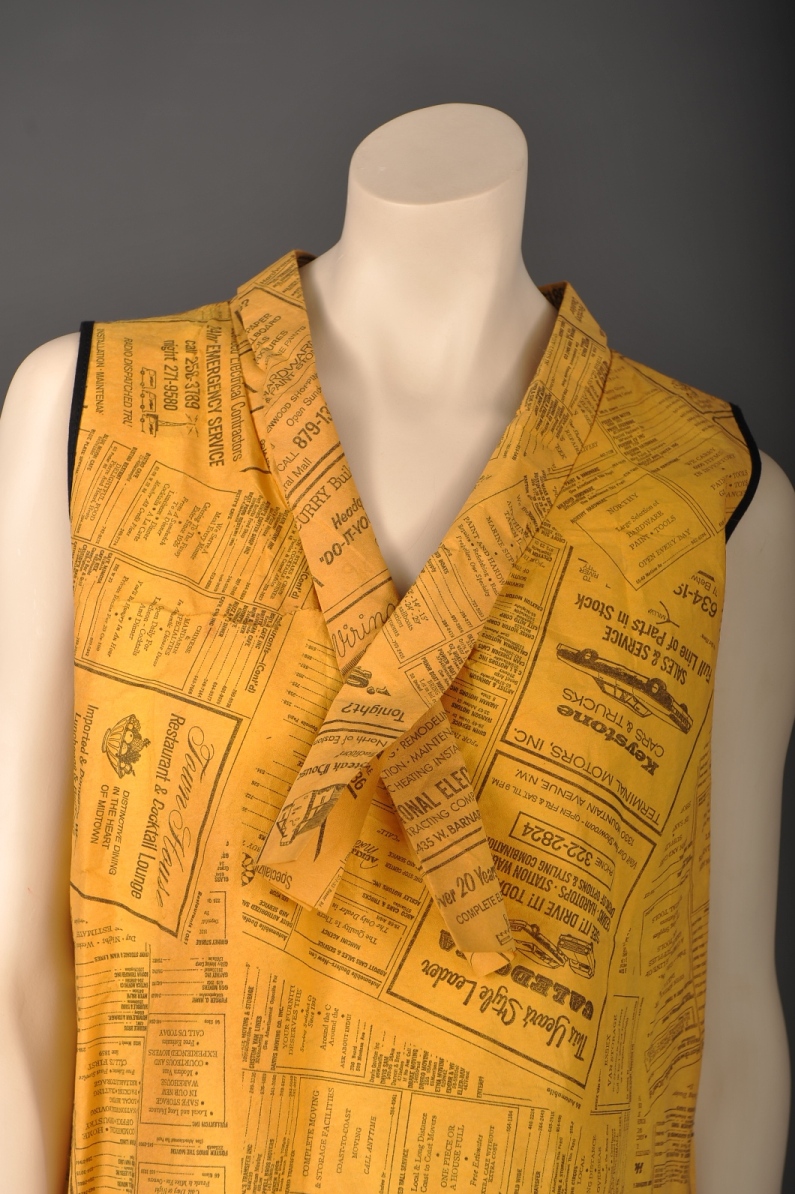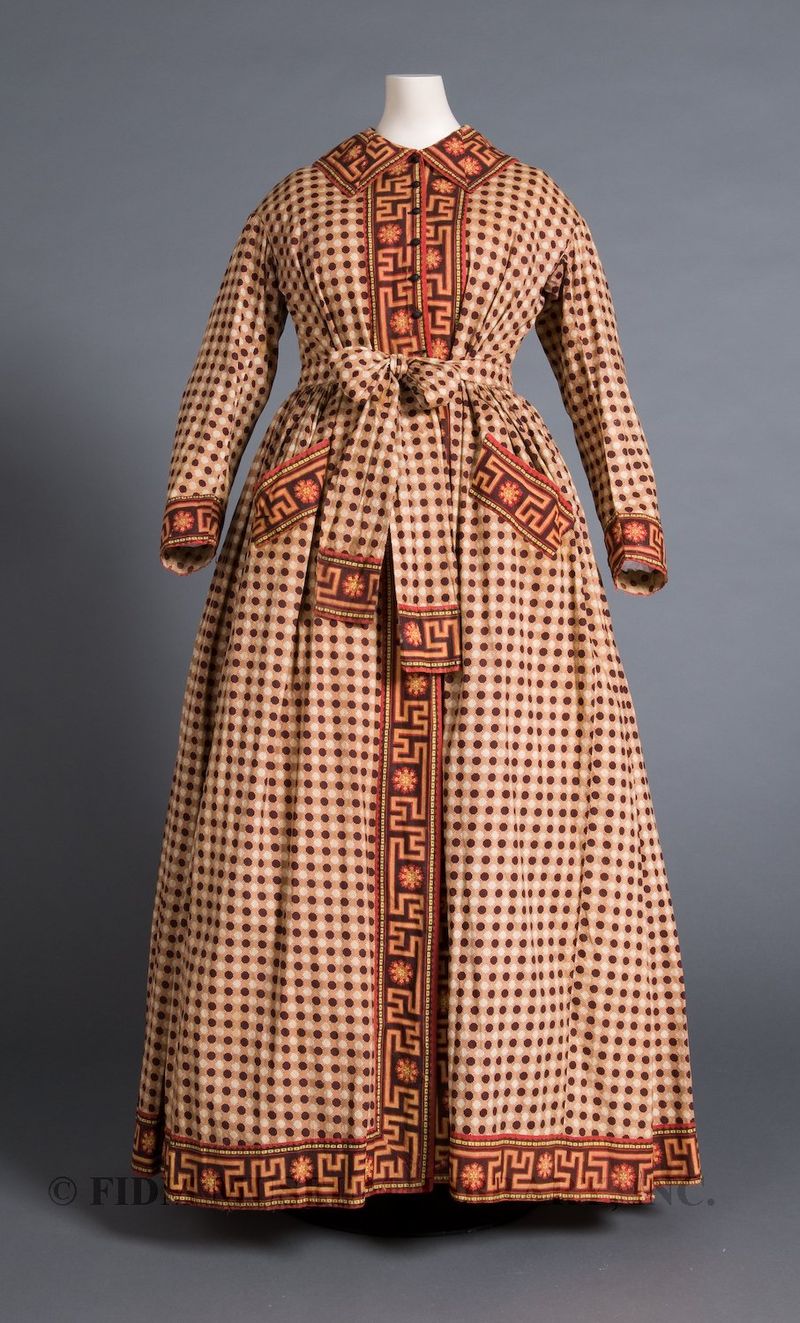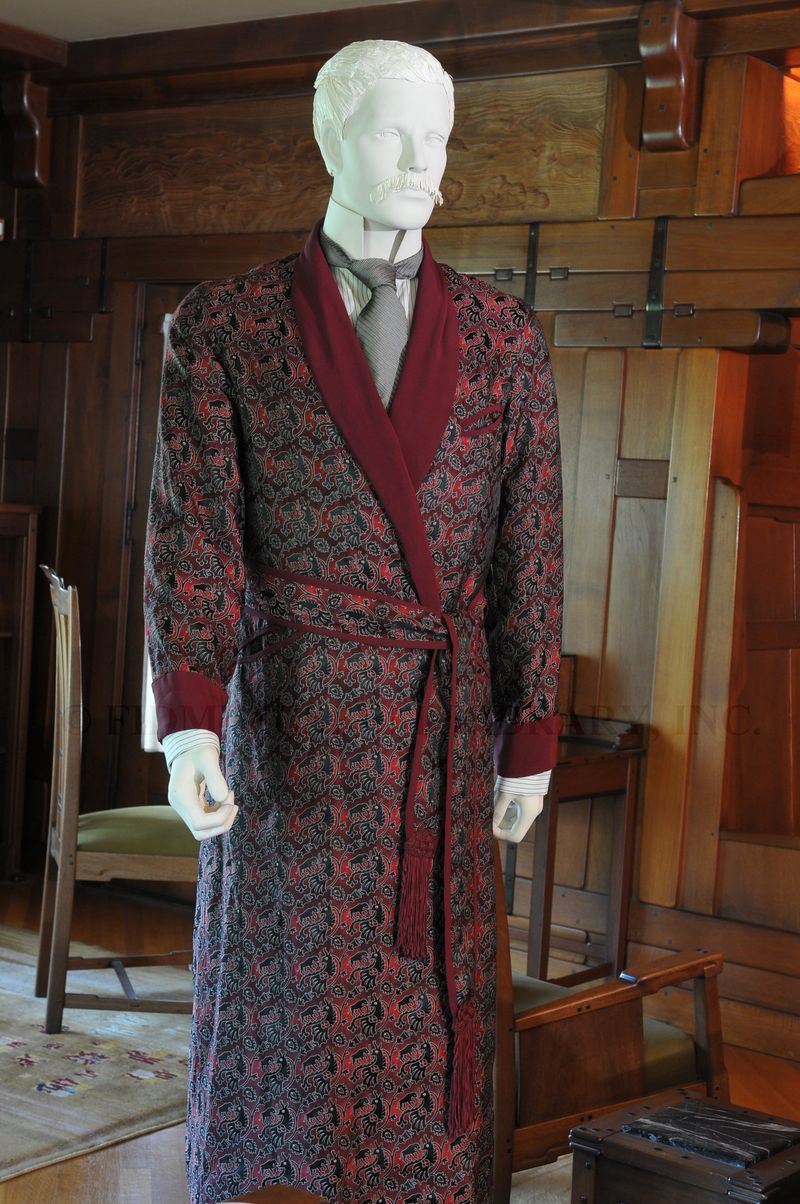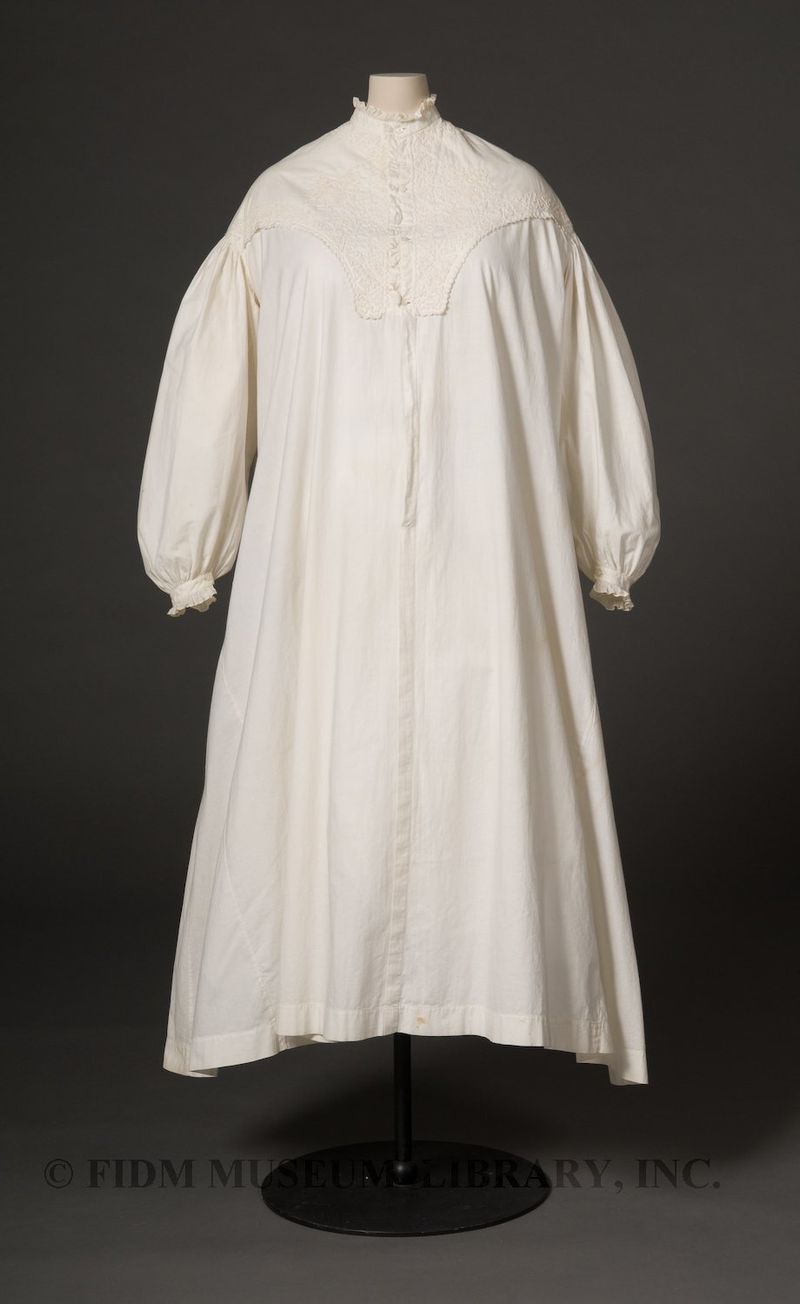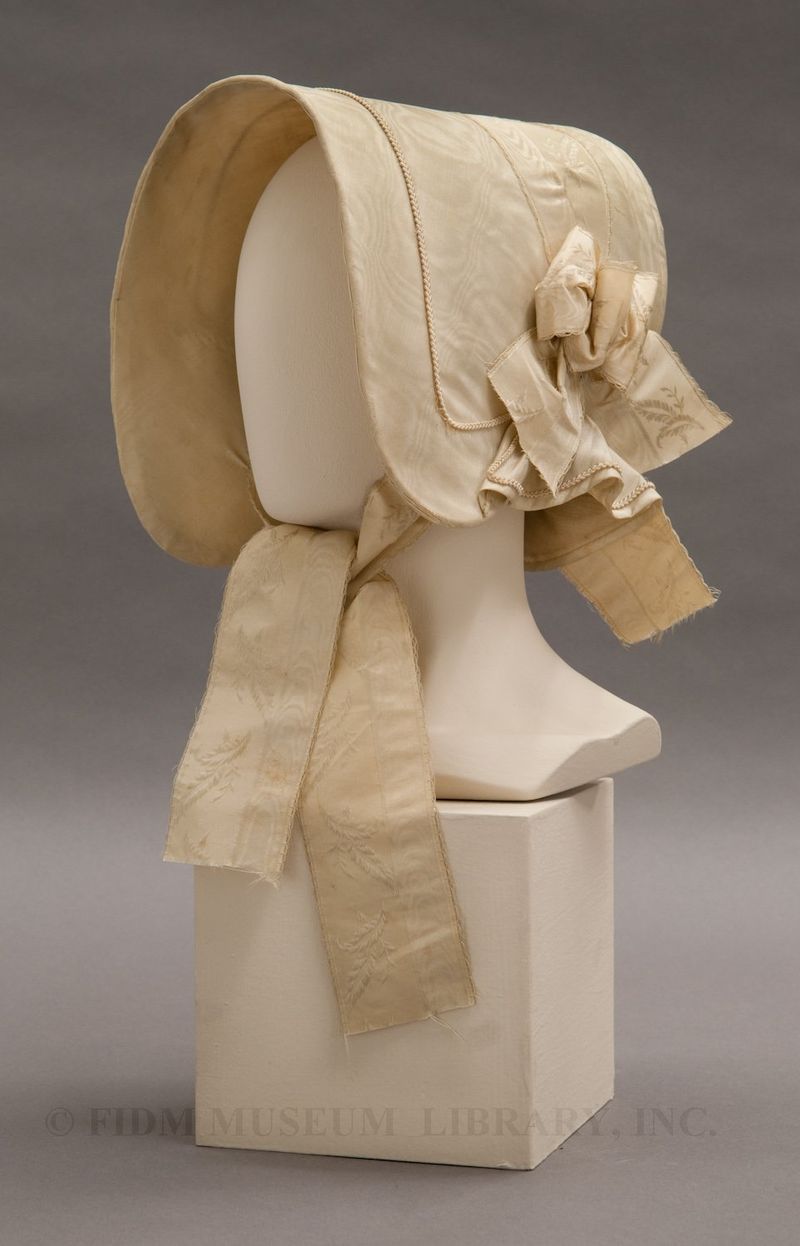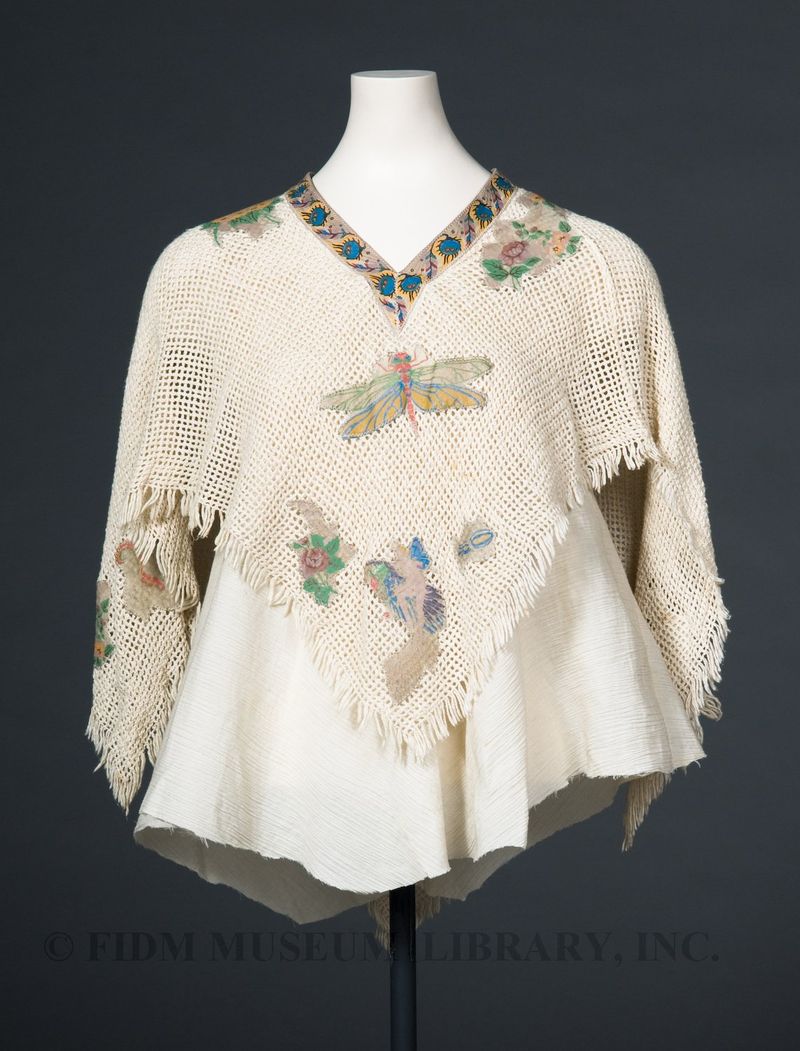This website uses cookies so that we can provide you with the best user experience possible. Cookie information is stored in your browser and performs functions such as recognising you when you return to our website and helping our team to understand which sections of the website you find most interesting and useful.
Did you know that working at a museum requires ace detective skills? In this blog post, Associate Curator Christina Johnson describes her research on a evening gown in our collection. This research, aka sleuthing, led to a wealth of knowledge about... Read Article ››
Lucile
As a child, Lucile Sutherland (1863-1935) designed and sewed clothing for both herself and her sister Elinor. Years later, Lucile's hobby would become the foundation of an internationally successful business. After the dissolution of her first... Read Article ››
Assorted textile swatches
We've featured selections from our collection of textile swatches here and here. Enjoy these additional examples from our collection. Printed cotton with trompe l'oeil pattern of hard candy 1930s Gift of Robert Fortunoff99.274.170 The detailed... Read Article ››
Mary McFadden
If you read our recent post on Mariano Fortuny, this dress may look somewhat familiar. Slim, columnar and featuring narrow pleats, this Mary McFadden (b. 1938) dress is reminiscent of Fortuny's iconic Delphos dress. Though both share an obvious... Read Article ››
Newsprint fashion
A Paul Poiret c. 1911 tunic and the daily newspaper--what do they have in common? At first, the relationship between a haute couture creation and the local newspaper might seem almost non-existent, however, both are communicative devices that convey... Read Article ››
Missoni
Founded by the husband and wife team of Ottavio and Rosita Missoni in the 1950s, Missoni established its reputation on lightweight knit separates. Like their compatriots Pucci, Missoni designs have an easily recognizable look; colorful, geometric... Read Article ››
Cotton wrapper, 1863-65
A careful reading of Victorian fashion periodicals and etiquette manuals reveals that each moment and every activity required a specific outfit. Though many woman surely overlapped their morning and afternoon dresses due to economic circumstances or... Read Article ››
Man’s dressing gown, 1905-1915
Throughout the 19th and into the first decade of the 20th century, mainstream formal and business dress for men was a black suit and light colored (often white) shirt paired with a black bow-tie. Constructed from durable wool and lacking all... Read Article ››
Nightgowns
In current usage, a nightgown is a women's or girls' garment worn specifically for sleeping. At different historical periods, the term nightgown referred to a loose gown worn by men, an evening dress worn by women and a day dress. Accordingly, it... Read Article ››
Silk moire bonnet, c. 1845
Bonnet c. 1845 2008.5.32 Museum Purchase During the 1840s, headcoverings were an essential part of every women's wardrobe. Inside the home, women often wore delicate, lacy caps which covered the hair and tied under the chin. When venturing out into the... Read Article ››
Roberto Cavalli poncho c. 1970
Though Roberto Cavalli's aesthetic is closely associated with flamboyant animal printed textiles crafted into overtly sexy garments, the designer's career actually began with T-shirts. In the late 1960s, Cavalli designed and silk-screened a batch of... Read Article ››
Dress form, mannequin or floating form?
Regular readers of this blog have probably noticed the variety of forms we use to display objects from the FIDM Museum collection. When we photograph an object for in-house documentary purposes, it's usually dressed on a headless dress form or mannequin.... Read Article ››

